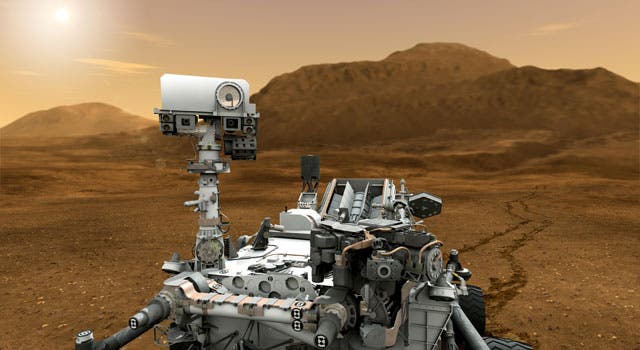
The beginning of the month was a troublesome one for humanity’s Magellan on Mars – the Curiosity rover – and its team of engineers behind it after a major malfunction forced one of its computers to enter into safe mode. Luckily, the NASA engineers have thought of almost every possible glitch and also had this one covered, as they activated the back-up computer.
Curiosity has two computers that are independent one from the other – one is side A, the other side B. It was side A that experienced a memory glitch and had to be put to sleep in order to prevent further damage. Over the weekend, however, NASA engineers have been making progress in its testing and assessment of the A-side computer’s memory.
Two software patches are slated for transmission soon, sometime this week, that concern both vehicle safety procedures and memory allocation for the on-board computer. After the software patches are installed, the mission team will reassess when to resume full mission operations.
“These tests have provided us with a great deal of information about the rover’s A-side memory. We have been able to store new data in many of the memory locations previously affected and believe more runs will demonstrate more memory is available,” said Jim Erickson, NASA’s Deputy Project Manager for the Mars Science Laboratory.
So far, the cause of Curiosity’s computer A corrupted memory remains to be determined. Still, what this gives to show is just how fantastic communication between the Curiosity and the engineering team back on Earth is, even though they’re separated by millions of miles. I mean, it’s not your typical antivirus update, mind you. Just so you can get an idea, and a laugh or two hopefully, check out this fantastic animation by Nicolas Hommel and Matthieu Findinier that shows just what it takes to put the rover back on its feet…. uhm, wheels.
via NASA JPL






